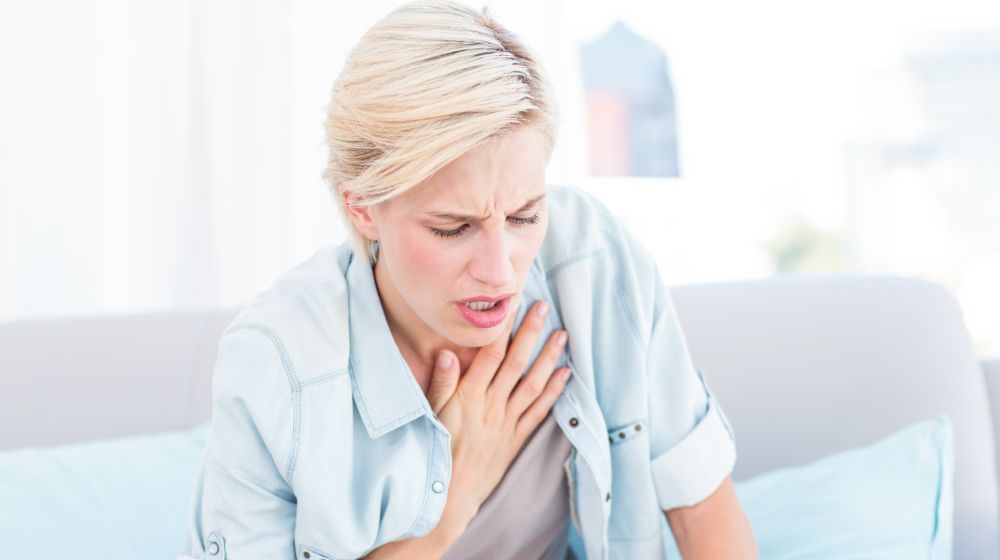COPD and heart failure can cause so much more than just difficulties in breathing. If left untreated, these two conditions can make one another worse.
Learn all about COPD and heart failure, their symptoms, and their treatments with our quick and comprehensive guide below.
RELATED: Protect Your Heart With These 13 Natural Blood Thinners
COPD and Heart Failure | All You Need to Know

What Is COPD?
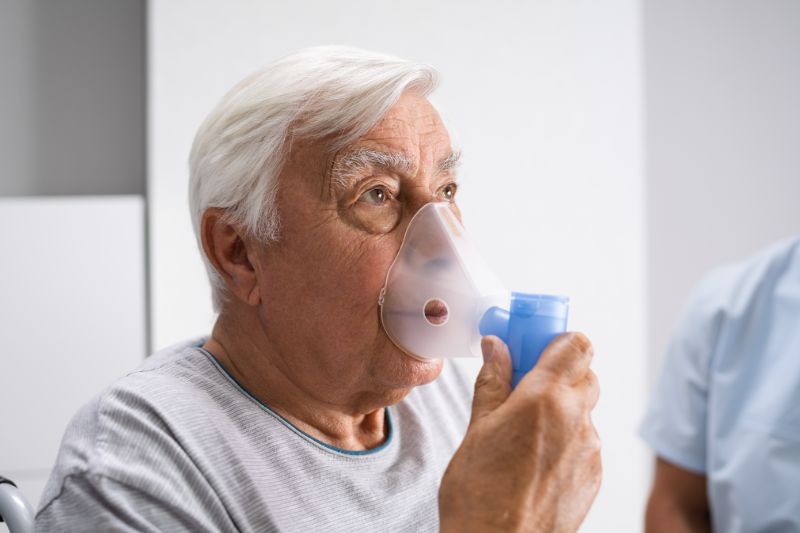
In not so many words, COPD, otherwise known as chronic obstructive pulmonary disease, is a long-term lung condition that can make it hard for a person to breathe. COPD actually refers to a number of diseases that can cause this such as:
Emphysema
This condition is caused by extensive damage to the air sacs of the lungs (alveoli0) that can destroy the lungs' walls. This can cause the air sacs into one giant air sac.
Damaged alveoli prevent the lungs from absorbing oxygen, which means you get less of it in your blood. It also causes the organ to lose its springiness as it stretches it out. Air then gets trapped in the lungs, which causes shortness of breath.
Chronic bronchitis
Chronic bronchitis is characterized mainly by shortness of breath, coughing, and mucus that lingers for at least 3 months. The condition causes you to lose your cilia, the hair-like fibers that line the bronchial tubes and help in moving mucus out.
Refractory asthma
Refractory asthma is nonreversible asthma. It does not respond to the typical medications given to those with normal asthma.
What Is Heart Failure?
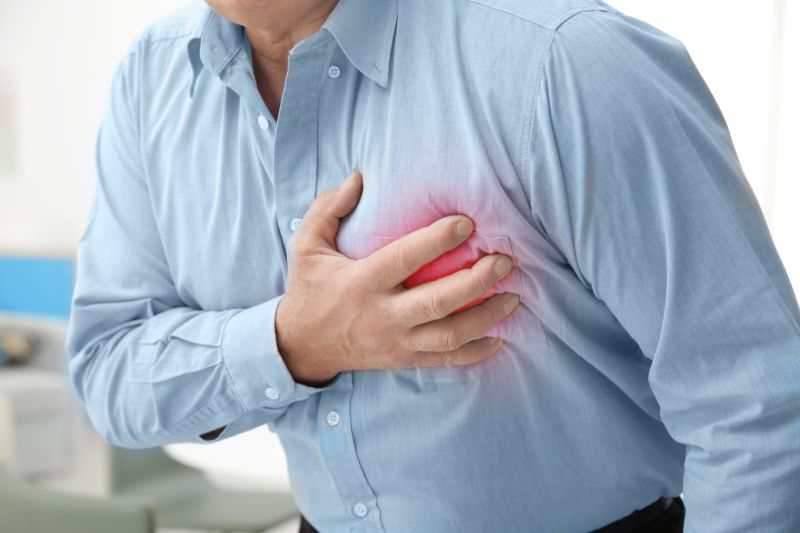
Healthy hearts pump oxygen-rich blood throughout the entire body. Heart failure doesn't necessarily mean that your heart is going to stop working. Instead, it refers to a condition that makes it hard for the organ to do its oxygen-supplying job.
To make up for this, the heart either enlarges, pumps faster, or gets more muscle. Blood vessels might also get narrower, and the body can stop sending blood to the organs and tissues that it considers less important. Unfortunately, none of these actually fix the problem.
Heart failure is often broken down into the following types:
Left-sided heart failure
Heart failure often affects the left side of the heart first. In this condition, the left ventricle becomes enlarged as it pumps more of the blood in the heart.
This particular kind of heart failure can either be systolic or diastolic. The former refers to when the ventricle becomes too weak to push blood out, while the latter refers to when the ventricle becomes too stiff, preventing it from filling with blood normally.
Right-sided heart failure
Often, right-sided heart failure occurs after the left side has already failed. This happens as fluid pressure in the lungs damage this side of the heart.
Congestive heart failure
As blood slows down when leaving the heart, the same happens when it comes back to it. As a result, blood backs up in the veins and swelling can happen in different parts of the body.
This is often seen in the ankles and legs, but it may also happen in the lungs, thus making it difficult for the person with the condition to breathe.
What Causes Heart Failure?

Heart failure is often the result of other conditions. Some of these include:
- High blood pressure
- Cardiomyopathy or heart muscle damage
- Heart attack and coronary artery disease (CAD)
- Arrhythmias or abnormal heart rhythms
- Myocarditis or the inflammation of the heart muscle
- Heart valve problems
- Other diseases such as thyroid problems, HIV, and diabetes
RELATED: Stroke vs Heart Attack | Heart Attack vs Stroke | Difference Between Stroke and Heart Attack
What Is the Link Between COPD and Heart Failure?
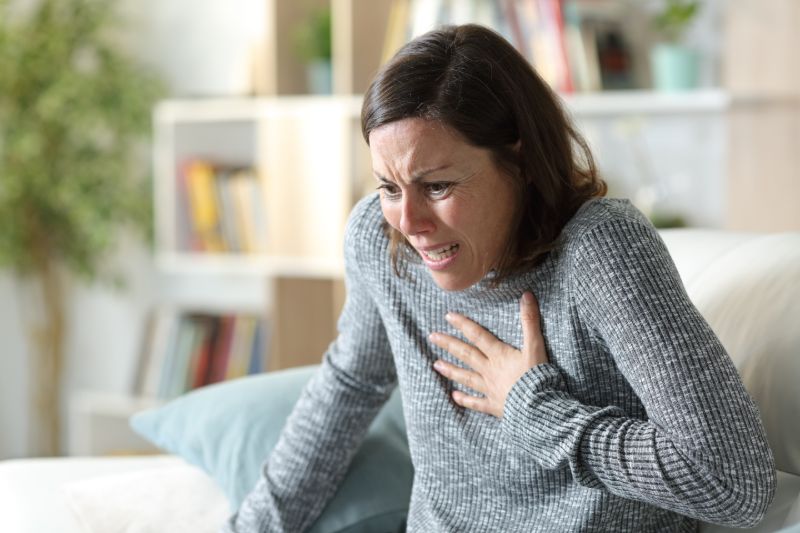
COPD and heart failure are two different conditions. However, they can both cause breathing difficulties especially when engaging in physical exercises. In more severe cases, even simple physical activities like walking or climbing stairs may already make it difficult for the person to breathe.
COPD and heart failure do not necessarily go hand-in-hand. You may have one without the other. However, if left untreated, these two conditions may influence or cause each other and may even be fatal.
COPD and left-sided heart failure, for example, can influence each other, though they are not directly related. Low blood oxygen caused by COPD strains the heart, thus worsening left-sided heart failure. Furthermore, too much fluid in the lungs caused by heart failure makes breathing even more difficult if you have COPD.
Alternatively, COPD can strain the heart and cause right-sided heart failure. This will cause fluid build-up in different parts of the body such as the belly area or the legs. Needless to say, it also makes it very difficult for the person with the two conditions to breathe normally.
What Are the Symptoms of COPD and Heart Failure?
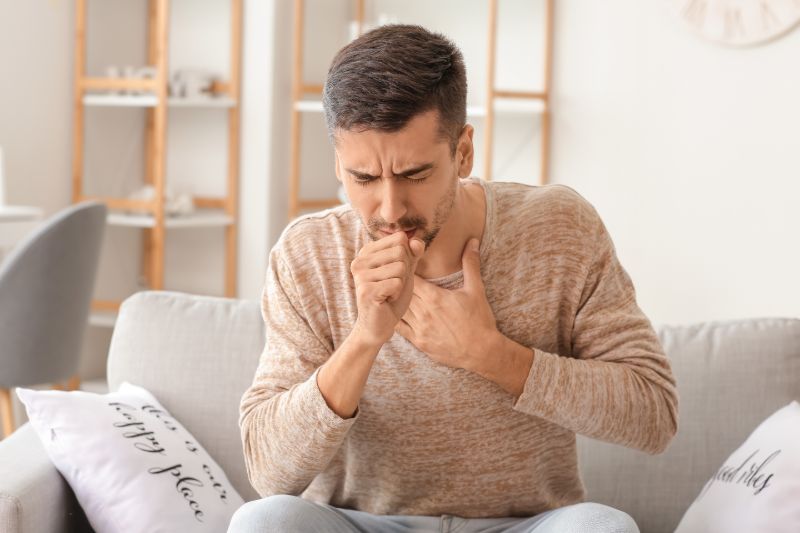
A lot of people tend to brush off COPD and heart failure at first, thinking that it is nothing more than a need for a few rounds of cardio exercises. As your condition gets worse, however, so do the following common symptoms of the two:
- Cough with mucus that doesn't go away
- Shortness of breath especially during physical exercise
- Tightness in the chest
- Wheezing or squeaking sounds when breathing
- Dizziness and nausea
- Low energy
- Frequent flu or colds
- Blue fingernails and swollen legs, ankles, feet, or abdomen
How Do You Treat COPD and Heart Failure?
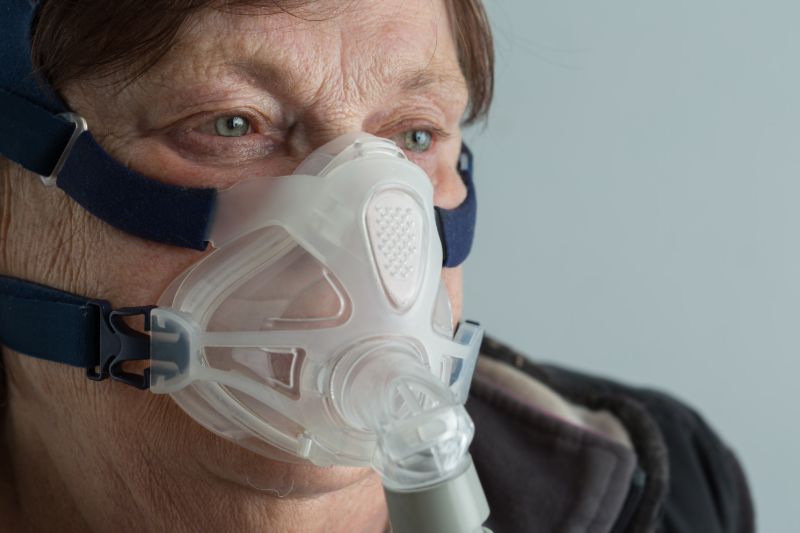
Separate tests are done for diagnosing the two conditions. For COPD, these tests may include chest x-rays, CT scans, lung function tests, and laboratory tests. On the other hand, tests for heart failure include blood tests, echocardiograms, electrocardiograms, and other exercise tests.
If your physician is unable to diagnose which condition causes shortness of breath, they will most likely treat them together.
Treatments for COPD focus mainly on the lungs and airways. The most common is the use of inhaled medicines called bronchodilators. These open up the airways and make it easier for the person with COPD to breathe.
On the other hand, heart failure treatments focus on curbing the strain put on the heart. They also often help in preventing the unhealthy growth of heart muscle. There are numerous medicines that your physician might recommend for this.
If you do have severe shortness of breath from the combination of COPD and heart failure, you may also get other treatments such as:
- Supplemental oxygen
- IV medicines that ease heart strain
- Mechanical ventilation, otherwise known as a temporary life support
- A type of machine-assisted breathing like non-invasive positive pressure ventilation
- Corticosteroids
- Antibiotics
Furthermore, cleaning your lungs by quitting vices like smoking and drinking will most likely be recommended by your doctors as well. They will also advise you to make several lifestyle changes, particularly when it comes to your diet and the number of physical exercises you do.
Help yourself ease the symptoms of COPD and heart failure by doing some of the exercises in this video courtesy of AskDoctorJo:
COPD and heart failure are potentially fatal conditions. With early diagnosis and proper treatment, you do not need to suffer the other symptoms that they may cause. If you believe that you may have either of the two conditions, it is best to consult with your physician for proper diagnosis and the right course of treatment.
Do you have other questions about COPD and heart failure? Ask them in the comments section below!
Up Next:
- Stomach Problems That Affect The Heart | How Does Heart Disease Affect The Digestive System
- 17 Foods To Lower High Blood Pressure Without Medication
- 13 Things To Do When You Turn 50 Years Old
Join the healthy living conversation with us on Facebook, Instagram, and Pinterest. We want to hear your story—let’s connect via these channels. Find our community online and join the healthy living revolution today!
Trending
Get Updates
SIGN UP FOR OUR NEWSLETTER TODAY
